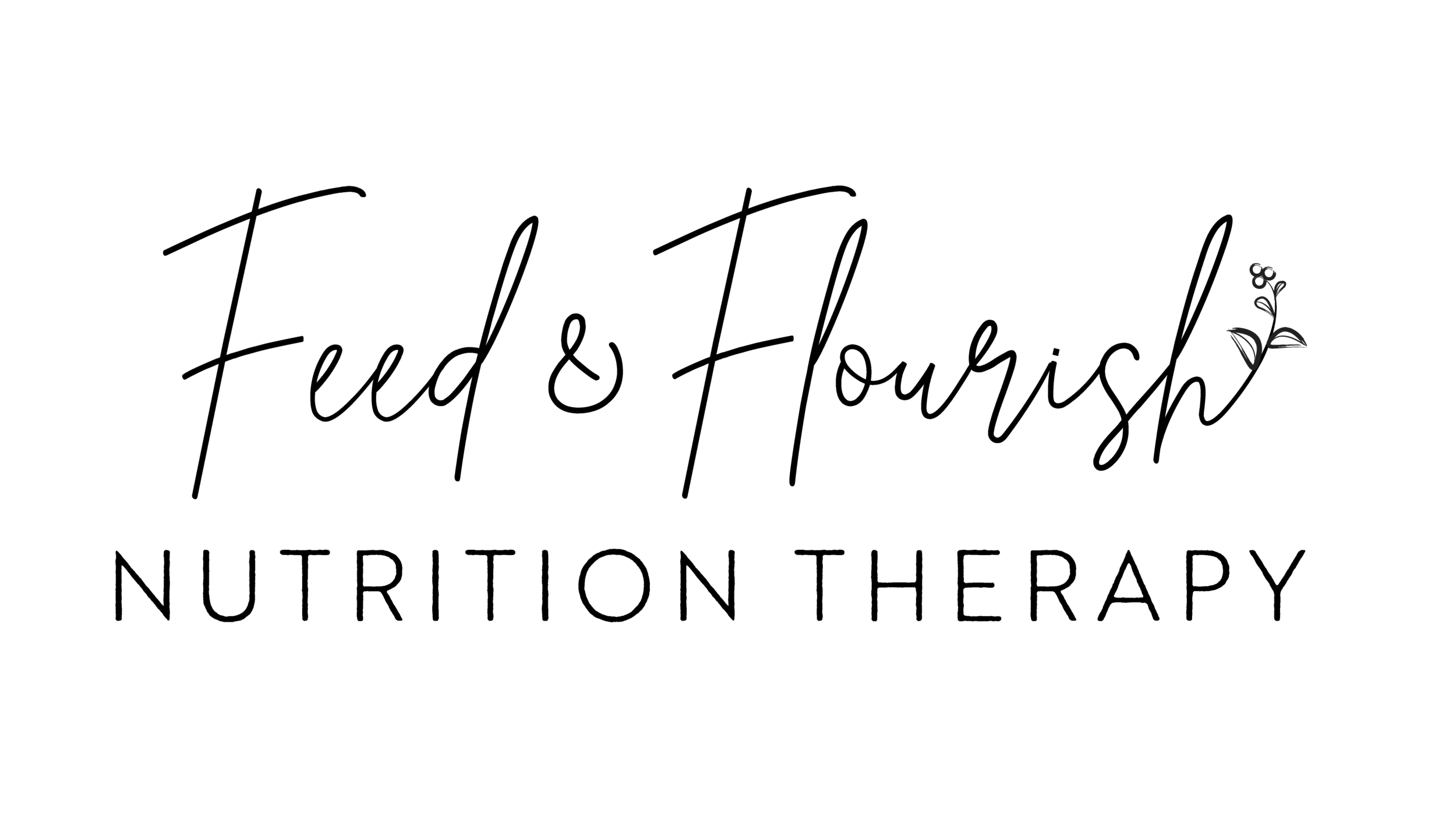The Impact Social Media Has On How We View Ourselves, Our Body And Our Worth: PART ONE
Social media sites have become a huge part of most adolescent and adult lives. The “healthy eating” community for social media is growing in popularity every day. This movement has overall been viewed as positive BUT there is also a growing concern around the trigger of negative behaviors and eating disorders for young adults.
Media has been show to play a role in creating and intensifying body dissatisfaction, levels of depression, social comparison and disordered eating. Research suggest that social media is used to inform and guide food choices. In fact, we see as much as 54% of all social media users engaging in these services to discover and share food experiences, and then as much as 42% using social media to seek advice about food.
Furthermore, research has shown that on average an adolescent watches 5 hours of television a day and spends an average of 6 to 7 hours viewing other social media platforms. This is a HUGE chunk of a person’s day spent scrolling through the lives of others online. As adolescents spend hours scrolling through media platforms and comparing their lives to those they follow, they seem to struggle between being able to discriminate between what they see in the media and what is real.
Recently, there has been a lot of attention on the “healthy eating movement” and those behind this movement, that have a powerful social media presence, influencing thousands of people, despite having no knowledge or training in health sciences or nutrition. Adolescents seem to follow these individuals and the advice they put on their pages about certain ‘diets’ that work for them. The exposure to this content influences young people’s perceptions of their own body shape and size as well as their own sense of body satisfaction.
When looking at the influence that social media has on young adults, a relationship between media and eating disorders seems to be apparent. Studies have found an association between social media use and orthorexia nervosa, more specifically with the platform Instagram. Orthorexia nervosa includes obsessive focus on health eating, food anxiety and dietary restrictions. There are various factors that contribute to the association between orthorexia nervosa symptoms and social media sites. These include:
Instagram, which is image focused and plays to the effect that images are more likely to be remembered than words. This is why it is a platform of choice for many people in the “healthy eating community”.
Social media allows for and encourages selective exposure. Users choose which accounts they want to follow and therefore are continuously exposed to the type of content that these accounts produce. The limited exposure may lead to adolescents believing a specific behavior is more prevalent or normal than it actually is, which can lead to social pressures to conform to such behaviors.
Users with a large following are seen as authorities or ‘famous’ in a particular area. This allows healthy eating ‘celebrities’ to influence their audience by filling their feed with constant images portraying a certain diet or behavior.
In conclusion, research shows us that young adults and adolescents are vulnerable to messages and images conveyed through social media. The media can promote unrealistic standards that make it impossible to achieve. So, what can we do about the media? How can we positively impact the view we have on ourselves, our body and our worth?! Check out the next blog post on recovery spaces, body acceptance, and ways to help survive in the social world we are living in.
References:
Morris, A. M., & Katzman, D. K. (2003). The impact of the media on eating disorders in children and adolescents. Paediatrics & child health, 8(5), 287–289. https://doi.org/10.1093/pch/8.5.287
Turner, P. G., & Lefevre, C. E. (2017). Instagram use is linked to increased symptoms of orthorexia nervosa. Eating and weight disorders : EWD, 22(2), 277–284. https://doi.org/10.1007/s40519-017-0364-2

